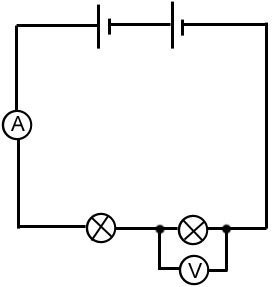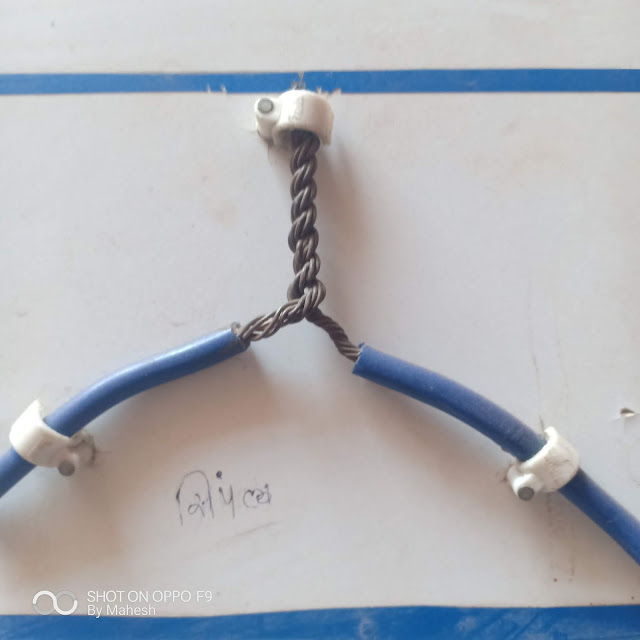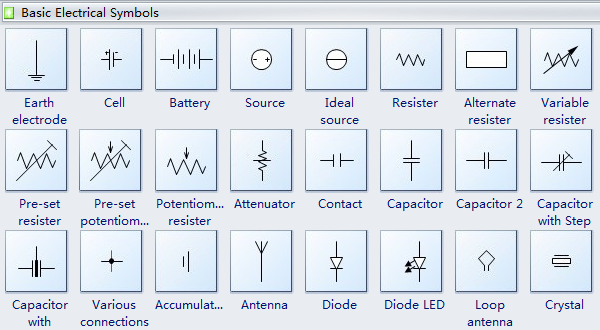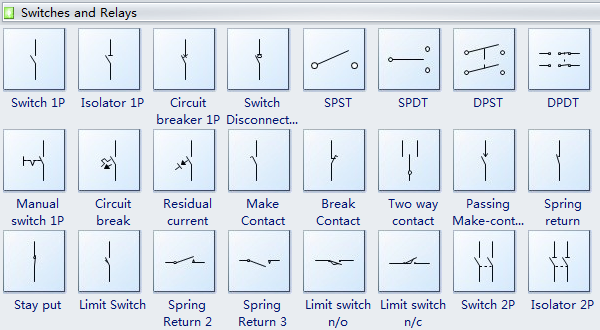⧪सोलर कुकर⧪
- सौर कुकर एक असे उपकरण आहे जे थेट सूर्यप्रकाशाच्या उर्जाचा वापर उष्मायन, शिजवण्यासाठी किंवा पेस्टराइझ पेय आणि इतर अन्न सामग्रीसाठी करते. सध्या वापरात असलेले बरेच सौर कूकर हे तुलनेने स्वस्त, कमी तंत्रज्ञानाचे उपकरण आहेत, जरी काही पारंपारिक स्टोवइतकी शक्तिशाली किंवा महाग आहेत, [1] आणि प्रगत, मोठ्या प्रमाणात सौर कुकर शेकडो लोकांना स्वयंपाक करू शकतात. [२] कारण ते इंधन वापरत नाहीत आणि कामकाजासाठी काही खर्च करत नाहीत, इंधनाचा खर्च कमी करण्यासाठी (विशेषत: जेथे आर्थिक चलन कमी आहे) आणि वायू प्रदूषण कमी करण्यासाठी आणि होणारी जंगलतोड व वाळवंटीकरण कमी करण्यासाठी बर्याच ना-नफा संस्था जगभरात त्यांच्या वापरास प्रोत्साहन देत आहेत. स्वयंपाक करण्यासाठी सरपण गोळा करून.
कार्यकारी तत्त्वे
१) एकाग्र सूर्यकिरण: सूर्यापासून लहान पाककला क्षेत्रात प्रकाश केंद्रित करण्यासाठी उच्च [सॅक्युलर रिफ्लेक्शन्स] असलेली मिरर केलेली पृष्ठभाग वापरली जाते. पृष्ठभागाच्या भूमितीवर अवलंबून, मीठ आणि धातू वितळविण्यासाठी पुरेसे तापमान वाढविणार्या तपमानाच्या कित्येक ऑर्डरद्वारे सूर्यप्रकाश केंद्रित केला जाऊ शकतो. बहुतेक घरगुती सौर स्वयंपाकाच्या अनुप्रयोगांसाठी, अशा उच्च तापमानास खरोखरच आवश्यक नसते. सौर स्वयंपाकाची उत्पादने सामान्यत: सनी दिवशी 65 डिग्री सेल्सियस (150 डिग्री फॅ) (बेकिंग तापमान) ते 400 डिग्री सेल्सियस (750 ° फॅ) (ग्रिलिंग / सीअरिंग तापमान) पर्यंत तापमान प्राप्त करण्यासाठी डिझाइन केली जातात.
२) उर्जा उर्जेमध्ये हलकी उर्जा रूपांतरित करणे: सौर कुकर एका स्वयंपाकासाठी पॅन सारख्या रिसीव्हरवर सूर्यप्रकाशाचे लक्ष केंद्रित करतात. प्रकाश उर्जा आणि प्राप्तकर्ता सामग्री यांच्यात होणारा संवाद प्रकाशात उष्णतेत रुपांतर करतो आणि त्याला वाहक म्हणतात. उष्णता आयोजित करणार्या आणि टिकवून ठेवणार्या साहित्याचा वापर करून हे रूपांतर अधिकतम केले जाते. जास्तीत जास्त शोषण करण्यासाठी सौर कूकरवर वापरलेली भांडी आणि तक्त्या मॅट ब्लॅक रंगाचे असाव्यात.
3) उष्णतेच्या जाळ्यात अडकणे: कुकरच्या बाहेरील हवेपासून कुकरच्या आतली हवा अलग ठेवून संवहन कमी करणे महत्वाचे आहे. आपल्या भांड्यावर फक्त एका काचेचे झाकण वापरल्याने पॅनच्या माथ्यावरुन प्रकाश शोषण वाढते आणि ग्रीनहाऊस प्रभाव प्रदान होतो जो उष्णता टिकवून ठेवण्यास सुधारित करतो आणि संवहन तोटा कमी करतो . हे “ग्लेझिंग” येणार्या दृश्यमान सूर्यप्रकाशाचे प्रसारण करते परंतु अवरक्त थर्मल रेडिएशनपासून बचाव करण्यासाठी ते अपारदर्शक आहे. स्त्रोत प्रतिबंधित सेटिंग्जमध्ये, उच्च-तापमानातील प्लास्टिक पिशवी समान कार्य करू शकते, आतमध्ये हवा अडकवते आणि गरम दिवसात शक्य त्याप्रमाणेच थंड आणि वारा सुटलेल्या दिवसांवर तापमान पोहोचणे शक्य करते.
Electric circuits
An electrical circuit is a path or line through which an electrical current flows. The path may be closed (joined at both ends), making it a loop. A closed circuit makes electrical current flow possible. … A simple circuit has conductors, a switch, a load and a power source.
2. Series circuits
A series circuit is a circuit in which resistors are arranged in a chain, so the current has only one path to take. The current is the same through each resistor.

3. What are parallel circuits?
A parallel circuit has two or more paths for current to flow through. Voltage is the same across each component of the parallel circuit. The sum of the currents through each path is equal to the total current that flows from the source.

JOINT

Simple joint

T- joint

Married joint
-
01
Tape Measure
:max_bytes(150000):strip_icc():format(webp)/61Fm47z2QuS._SL1000_-57fea1723df78cbc28607efa.jpg)
A standard tape measure is used for all kinds of field measurements, such as setting heights for switches and outlets, centering lighting fixture boxes, and marking surfaces for cutouts.
-
02
Hammer
:max_bytes(150000):strip_icc():format(webp)/41qM9ujhD-L._SL1001_-57fea1ec5f9b5805c2720306.jpg)
A hammer is used to secure electrical boxes equipped with nail-on brackets to wall studs and other framing members in a home. You’ll also need one to drive wire staples when anchoring new electrical cable to framing members.
-
03
Torpedo Level
:max_bytes(150000):strip_icc():format(webp)/712VjzVgwzL._SL1500_-57fea34e3df78cbc2860830f.jpg)
A small level, such as a torpedo level, fits easily in a tool pouch and is used to make sure your work is level and plumb. A great installation starts with level boxes and straight switch and outlet covers.
A torpedo level should be part of every homeowner’s standard toolkit; it will have plenty of uses beyond electrical work.
-
04
Flashlight
:max_bytes(150000):strip_icc():format(webp)/41P2ey9iLlL-57fea38d3df78cbc2860831b.jpg)
Electrical repair and improvement work involves a lot of dark places, from attics and basements, to wall and ceiling cavities, to the insides of electrical boxes. A tactical flashlight is needed as much for safety as it is for convenience. A couple of hand flashlights and a headlamp are good additions to an DIY electrician’s toolbox.
-
05
Utility Knife
:max_bytes(150000):strip_icc():format(webp)/Stanleyutilityknife-5c5decb0c9e77c00010a48c5.jpg)
A utility knife, or box cutter, is handy for cutting sheathing from non-metallic (Romex) cable, to cut off electrical
-
06
Phillips Screwdrivers
:max_bytes(150000):strip_icc():format(webp)/619isk3Yg7L._SL1069_-57fea43b5f9b5805c27291f0.jpg)
Electricians keep screwdrivers with them at all times, for removing and installing cover plates, outlets, switches, and many other devices. It’s best to have a few different lengths of Phillips screwdrivers, as well as #1, #2, and #3 tip sizes.
Screwdrivers with insulating rubber jackets covering the handles are designed for better safety when doing electrical work.
-
07
Straight-Blade Screwdrivers
:max_bytes(150000):strip_icc():format(webp)/61IgAauje0L._SL1500_-57fea4633df78cbc28608408.jpg)
As with Phillips screwdrivers, you will likely need more than one size of straight-blade screwdrivers. If you have to choose just one, pick a medium blade; it will suit most projects.
Straight-blade screwdrivers are also available with insulated handles for better safety when doing electrical work.
-
08
Allen Wrench Set (Hex Set)
:max_bytes(150000):strip_icc():format(webp)/41g6iy6HnQL-57fea3d53df78cbc28608344.jpg)
Allen wrenches are used to tighten hex-head screws, which are sometimes found on ceiling fans, light fixtures, and appliances. It’s a good idea to own both a metric and a standard set of Allen wrenches.
-
09
Tongue-and-Groove Pliers
:max_bytes(150000):strip_icc():format(webp)/tongue-and-groove-pliers--water-pump-pliers--927315672-5c5debdd46e0fb000158750a.jpg)
Tongue-and-groove pliers are known by many names, including channel-lock, groove joint, tongue-and-groove, and straight-jaw pliers. This tool is most often used for plumbing work, but a pair of tongue-and-groove pliers also has many uses for electrical projects. It will see frequent use for removing knockouts from metal electrical boxes, tightening cable clamps, and adjusting expansion-type ceiling fan boxes.
-
10
Non-Contact Voltage Tester
:max_bytes(150000):strip_icc():format(webp)/81kR5lN8ZyL._SL1500_-57fea29d5f9b5805c2722ec7.jpg)
Perhaps the most important specialty electrical tool you can own is a voltage tester. A voltage tester is used for a quick safety check to make sure there’s no voltage in an electrical wire or device before you start working on it. Non-contact voltage testers, powered by batteries, are the simplest and safest types of testers because they can detect electricity just by being near an outlet slot or wire.
This is a tool every DIYer needs in the toolbox. It will be used for virtually every home electrical repair project.
-
11
Wire Strippers
:max_bytes(150000):strip_icc():format(webp)/Vise-Gripwirestrippers-5c5dec51c9e77c00016620bb.jpg)
Another essential electrical specialty tool for homeowners is a good pair of wire strippers. Wire strippers are used to cut and strip insulation from electrical wires. A wire stripper tool has a row of gauged holes for stripping wires of different sizes, and it usually includes cutting jaws for trimming the wire ends. Some types are combination tools that can also be used to crimp wires and to strip the vinyl jacket off NM cable.
Along with a voltage tester, this is perhaps the most important specialty electrical tool you can own. It makes sense to invest in a good set of wire strippers, as it will serve many functions.
-
12
Needle-Nose Pliers
Another essential specialty electrical tool is a pair of needle-nose pliers (also called long-nose pliers). It will be used for bending and twisting wires whenever you are making screw-terminal connections. The long, narrow tip makes this a great tool for detailed work. Most needle-nose pliers also include cutting jaws for trimming wires.
-
13
Linesman Pliers
:max_bytes(150000):strip_icc():format(webp)/31aM2pnIzSL-57fea3253df78cbc2860830c.jpg)
A pair of linesman pliers is an electrician’s do-it-all tool. It has a squared-off end that is great for twisting wires together, a center cutting blade for trimming wire, and a grip area between the handles for pulling wire.
Casual DIYers may be able to get by without this tool, but anyone who does regular electrical work will want to own a pair of linesman pliers.
-
14
Diagonal Cutting Pliers
:max_bytes(150000):strip_icc():format(webp)/81ob8IuuOZL._SL1500_-57fea2dc5f9b5805c27240ba.jpg)
Diagonal cutting pliers, sometimes called side snips or dikes, are used to cut wires. They are specially designed with a cutting edge that goes down to the tip of the jaws, allowing you to get into tight areas to trim wires. Some types can also have a built-in voltage detector to sense live wires. You can also find combination tools that include wire-stripping slots built into the handles.
This is a second-tier specialty tool: Casual DIYers may not need it, but those who do regular electrical work will find it very useful.
-
15
Fish Tape
:max_bytes(150000):strip_icc():format(webp)/71-DR0KoRGL._SL1500_-57fea1435f9b5805c271e03d.jpg)
A fish tape is used to pull stranded or solid wire conductors through metal or PVC conduit. Cable lube is available to assist you in pulling the wires through the conduit. A fish tape can also be helpful when you are pulling NM cable through wall cavities.
This is a tool used when making wiring improvements, such as adding or extending circuits. Casual DIYers who are simply making electrical repairs or replacements rarely need a fish tape, but it is a good tool for more advanced DIYers to own.
-
16
Voltmeter or Multimeter
:max_bytes(150000):strip_icc():format(webp)/81pg3tKbHbL._SL1500_-57fea1bb3df78cbc28607faa.jpg)
A voltmeter is used to read voltage levels and verify that circuits are “live” or off. Unlike a circuit tester, this tool gives you reading on how much voltage is being carried. More sophisticated forms of the tool are known as multimeters, and they can not only read voltage levels but also amperage, resistance, and DC voltage and amperage. They do, however, require practice to learn how to use them properly.
This specialty tool is used mostly by advanced DIYers and professional electricians. Casual DIYers may not need to own this tool, but those who do a lot of electrical work on appliances and electronics may find it essential.
Electrical safety rules
|
|
1. DON’T plug a bunch of stuff into one outlet or extension cord.It could damage the electrical system in your house or even cause a fire. |
2. DO ask grown-ups to put safety caps on all unused electrical outlets.Covering outlets will also help save energy by stopping cold drafts. |
|
3. DON’T yank an electrical cord from the wall.Pulling on a cord can damage the appliance, the plug or the outlet. |
|
4. DO make sure all electric cords are tucked away, neat and tidy.Pets might chew on electrical cords, and people might trip and fall. |
|
|
5. DO ask a grown-up for help when you need to use something that uses electricity. |
|
6. DO look up and look out for power lines before you climb a tree.The electricity can go right through the tree branch – and right through you! |
|
7. DON’T ever climb the fence around an electrical substation.If a ball or pet gets inside the fence, ask a grown-up to call the electric company – they’ll come and get it out for you. |
|
|
8. DO remind your mom or dad to watch out for power lines when they’re using a ladder, chainsaw or other outdoor equipment. |
|
|
9. DO keep electrical stuff far away from water. Most electrical accidents around the house happen when people use electricity near water. |
|
|
10. DON’T fly a kite near power lines. The kite and the string may conduct electricity – sending it right through you to the ground. Electrical symbol
|




